Imagine drifting underwater, sunlight pouring through crystal blue waves, and suddenly—an explosion of color. Neon purples, fiery oranges, electric blues, and soft pinks swirl together in a living kaleidoscope. This isn’t the set of a fantasy film; it’s a coral reef, one of the most magical and mysterious places on our planet. But here’s the twist: these vibrant wonders are fading right before our eyes. What’s behind their jaw-dropping colors, and what’s causing them to lose their brilliance? Let’s dive deep into the science, stories, and secrets of coral reefs—a journey as dazzling as the reefs themselves.
The Spectacular Palette of the Ocean
Coral reefs might just be the world’s most vivid natural art galleries. Their colors are so intense and varied that even the best camera struggles to capture their full splendor. Tourists and divers often describe their first reef encounter as stepping into a dream. The sheer variety of hues is not just for show—it’s the result of millions of years of evolution, chemical magic, and interspecies teamwork. Some colors are so bright they look almost fake, yet they’re all real, each with a tale to tell.
The Symbiotic Dance: Corals and Algae
One of the greatest secrets behind coral coloration lies in a tiny, sun-loving partner called zooxanthellae. These microscopic algae live inside coral tissues and perform photosynthesis, turning sunlight into food. As they do this, they produce pigments that give corals their green, yellow, and brown shades. In return, corals offer the algae protection and a sunny spot to thrive. This partnership is so close that coral health and color are almost entirely tied to the happiness of their algal roommates.
Nature’s Pigment Factory: How Colors Are Made
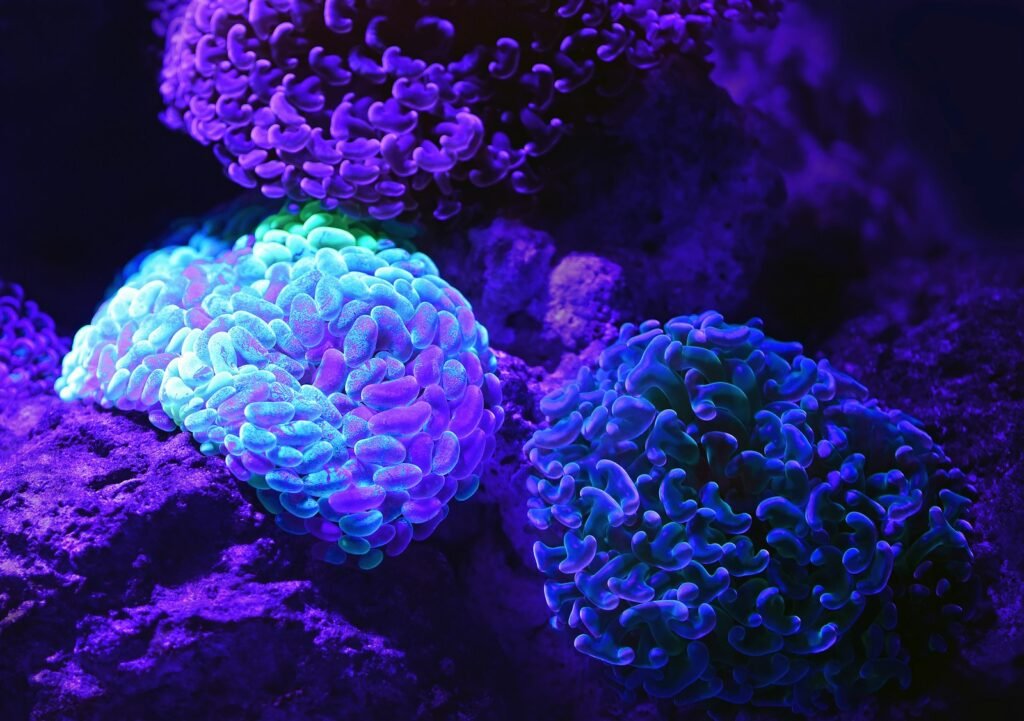
Corals aren’t just passively colored by their algae—they also make their own dazzling pigments. These include fluorescent proteins that glow under certain wavelengths of light, like nature’s own LED lights. Some corals shine with brilliant reds, blues, and greens thanks to these proteins. The variety comes from the coral’s genetic ability to tweak pigment production, sometimes even shifting colors depending on stress, light, and water temperature. It’s as if the reef can change its wardrobe according to its mood or the season.
Sunlight: The Great Underwater Artist
The way sunlight filters through water plays a massive role in reef coloration. Water absorbs different colors of light at different depths, so shallow reefs often burst with warm reds and yellows, while deeper reefs tend toward cooler blues and purples. Corals have adapted to these conditions, producing pigments that make the most of available light. In shallow, clear water, the spectacle is at its peak, creating that almost psychedelic effect that makes reefs so unforgettable.
Camouflage, Communication, and Survival
Coral colors aren’t just pretty—they have a purpose. Some species use color for camouflage, blending with their surroundings to avoid hungry fish. Others use bright colors as warning signals, saying “don’t eat me!” to predators. There’s even evidence that some fish and invertebrates can “read” coral colors to find safe places to hide or hunt. In this way, color becomes a secret language, essential for survival in the crowded reef metropolis.
Stressed Out: When Color Signals Trouble
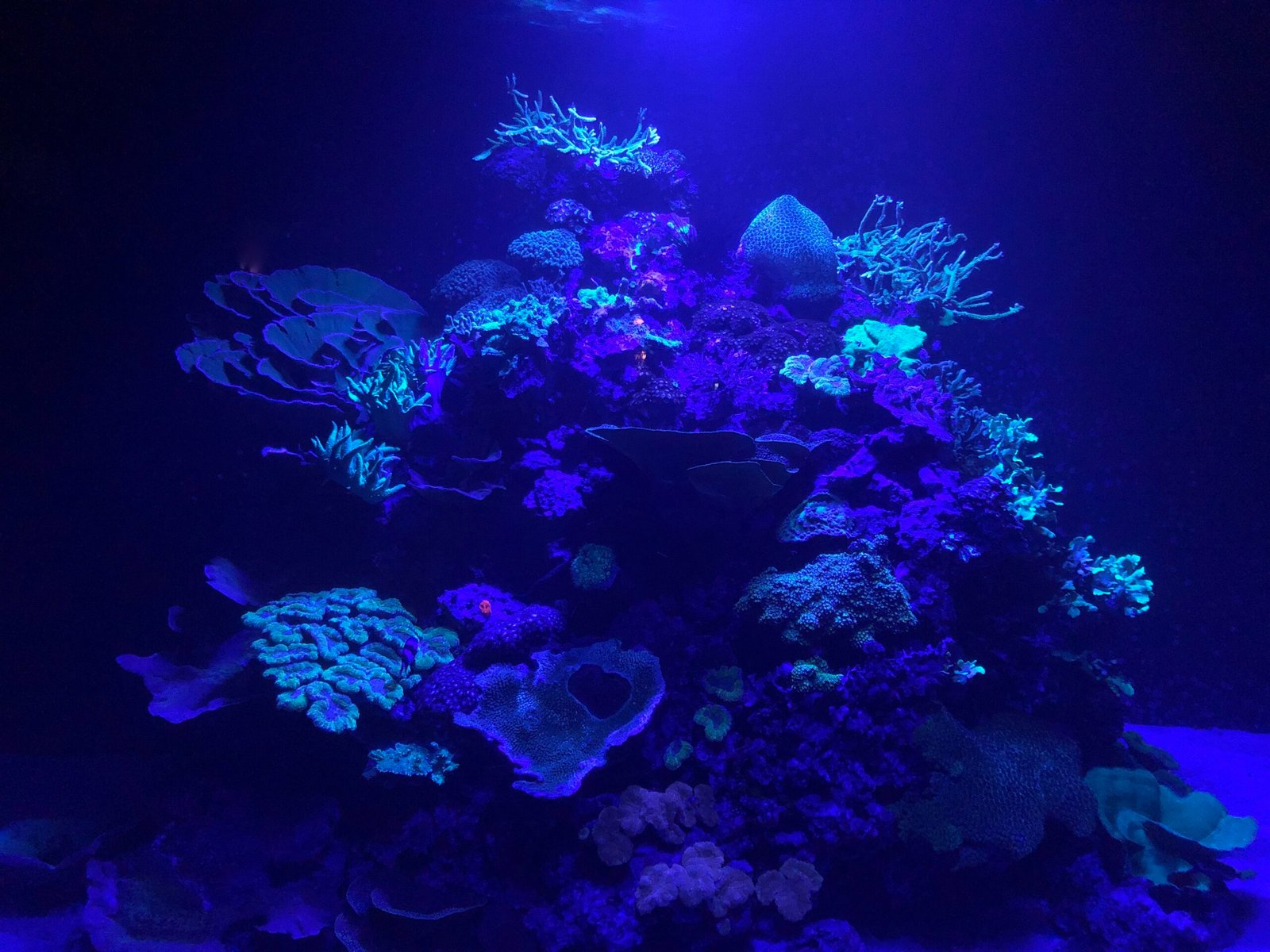
Ironically, sometimes the most vibrant colors on a reef are a cry for help. When corals are stressed—by heat, pollution, or disease—they can produce extra fluorescent pigments, making them glow even brighter. Scientists call this “colorful bleaching.” While it can look stunning, it’s actually a sign that the coral is trying to shield itself from harm. This burst of color is often the last stand before the coral fades to white—an underwater distress signal.
Bleaching: The Tragic Whitening
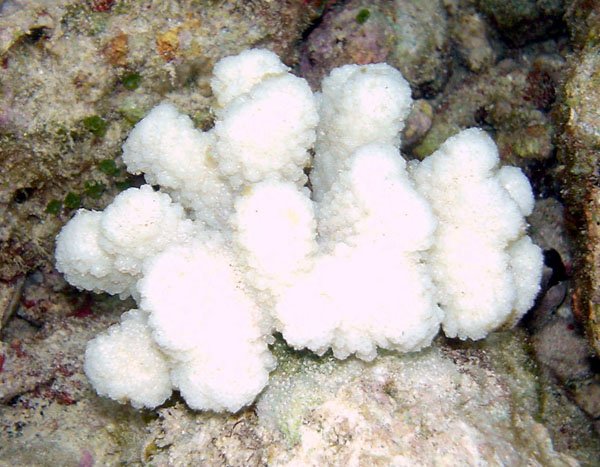
The word “bleaching” sends shivers down the spine of marine biologists. When ocean temperatures rise or pollution spikes, corals expel their zooxanthellae. Without these algae, the coral turns ghostly white—hence the term “bleaching.” This process strips away not just color, but life itself. Bleached corals are weak, hungry, and highly vulnerable. If stressful conditions last too long, they might never recover, leaving behind a lifeless skeleton where a rainbow once thrived.
Climate Change: The Silent Thief
Climate change is the main culprit behind the global bleaching crisis. Rising sea temperatures, driven by greenhouse gas emissions, push corals beyond their comfort zones. Even a single degree of warming can trigger mass bleaching events. In 2024 and 2025, reefs from Australia to the Caribbean have suffered repeated, widespread bleaching, shocking even the most seasoned scientists. It’s like watching a priceless painting fade away, stroke by stroke, right before your eyes.
Ocean Acidification: A Hidden Threat
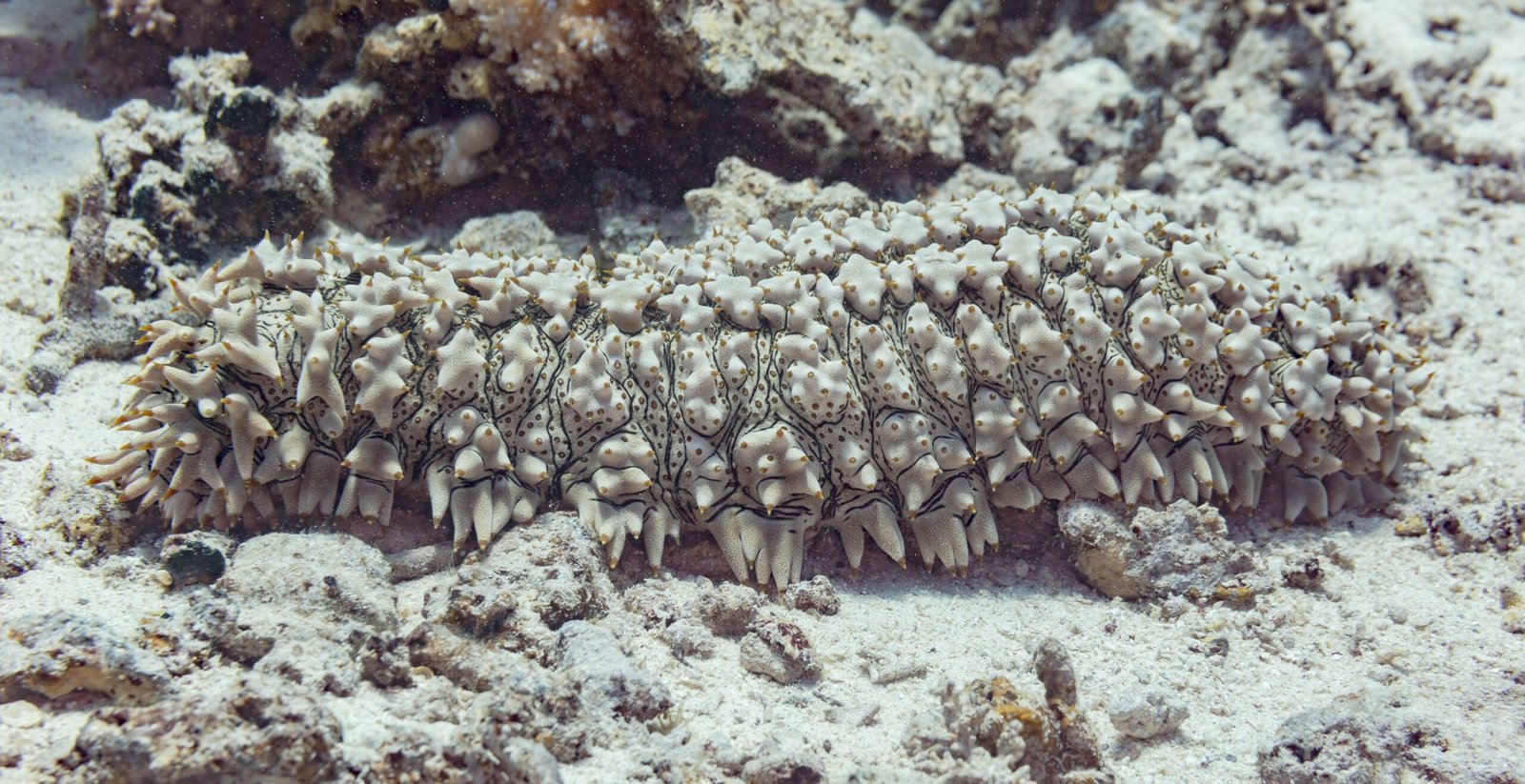
While warming gets most of the attention, ocean acidification is an equally sneaky adversary. As we pump carbon dioxide into the atmosphere, much of it dissolves in the sea, making the water more acidic. This change makes it harder for corals to build their skeletons and can disrupt pigment production and the delicate coral-algae partnership. The result? Less vibrant reefs, weaker corals, and a world that’s just a little less magical.
Pollution and Runoff: Dimming the Colors
Corals are incredibly sensitive to what flows into the ocean. Runoff from farms, sewage, and cities can smother reefs in sediment or flood them with toxic chemicals. These pollutants block sunlight and stress the coral-algae relationship, leading to duller colors or even bleaching. The vibrant palette of a healthy reef can quickly fade when the surrounding water turns murky or poisonous.
Overfishing and Destructive Practices
It’s not just climate and pollution—people have directly damaged reefs through overfishing and destructive fishing methods like dynamite or cyanide. Removing key species like parrotfish allows algae to overgrow, smothering corals and reducing their colors. In some places, even the sound of constant boat traffic can stress reefs, subtly shifting the delicate balance that keeps them colorful and alive.
Crown-of-Thorns Starfish: A Natural Enemy
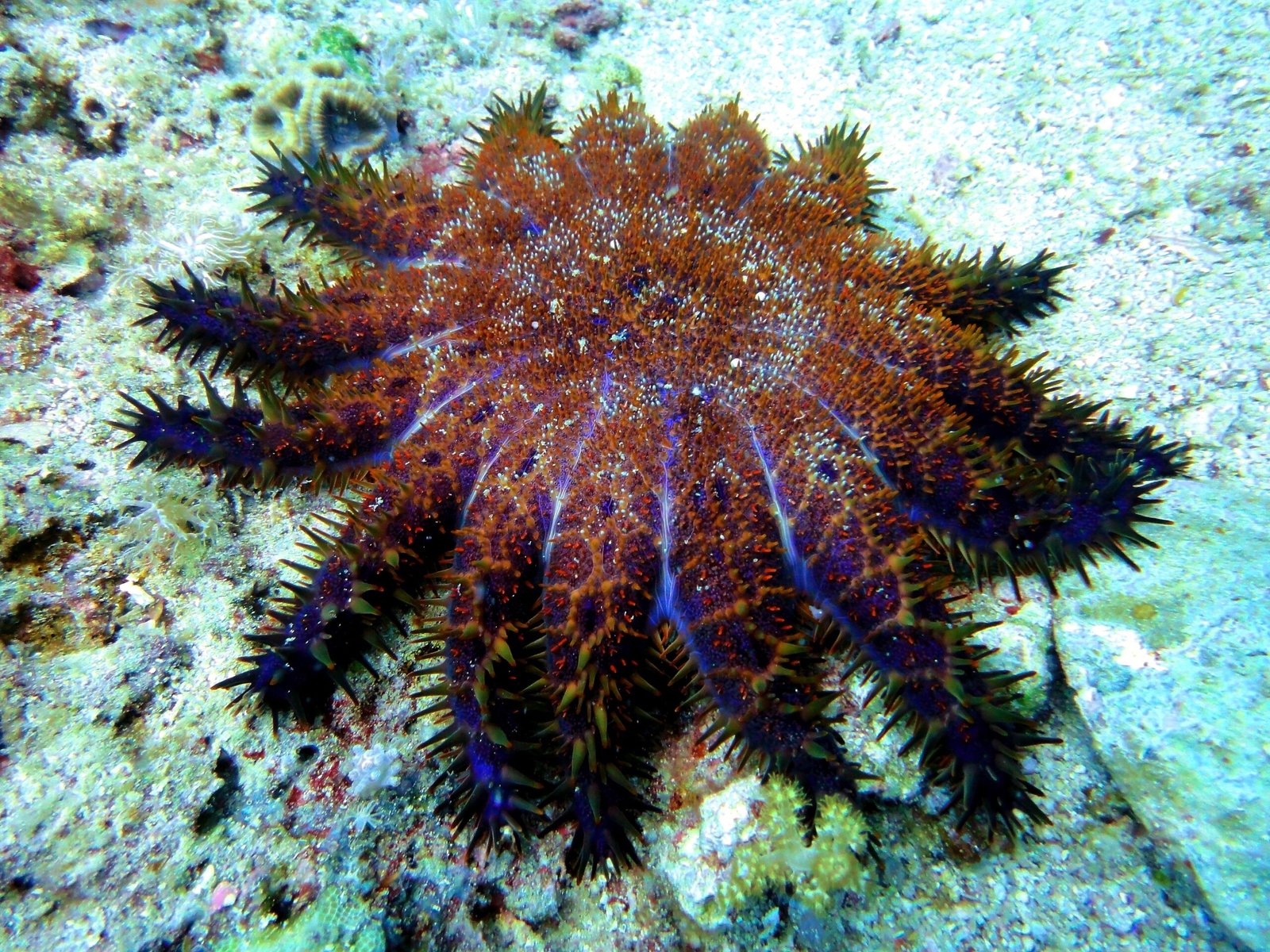
Not all threats are human-made. The crown-of-thorns starfish is a voracious coral predator, capable of devouring vast stretches of reef. When their populations explode—often due to human impacts on the ecosystem—they can strip corals of their living tissue, leaving behind bare, white rock. These outbreaks are another reason some reefs lose their color, seemingly overnight.
Disease Outbreaks: The Underwater Plagues
Coral diseases, often triggered or worsened by stress, can sweep through a reef like wildfire. Black band disease, white syndrome, and others can kill coral tissue, leaving behind pale, dead patches. These outbreaks can be devastating, especially when combined with warming and pollution. The result is a patchwork of faded colors where once there was a seamless living tapestry.
Hope Spots: Reefs That Refuse to Fade
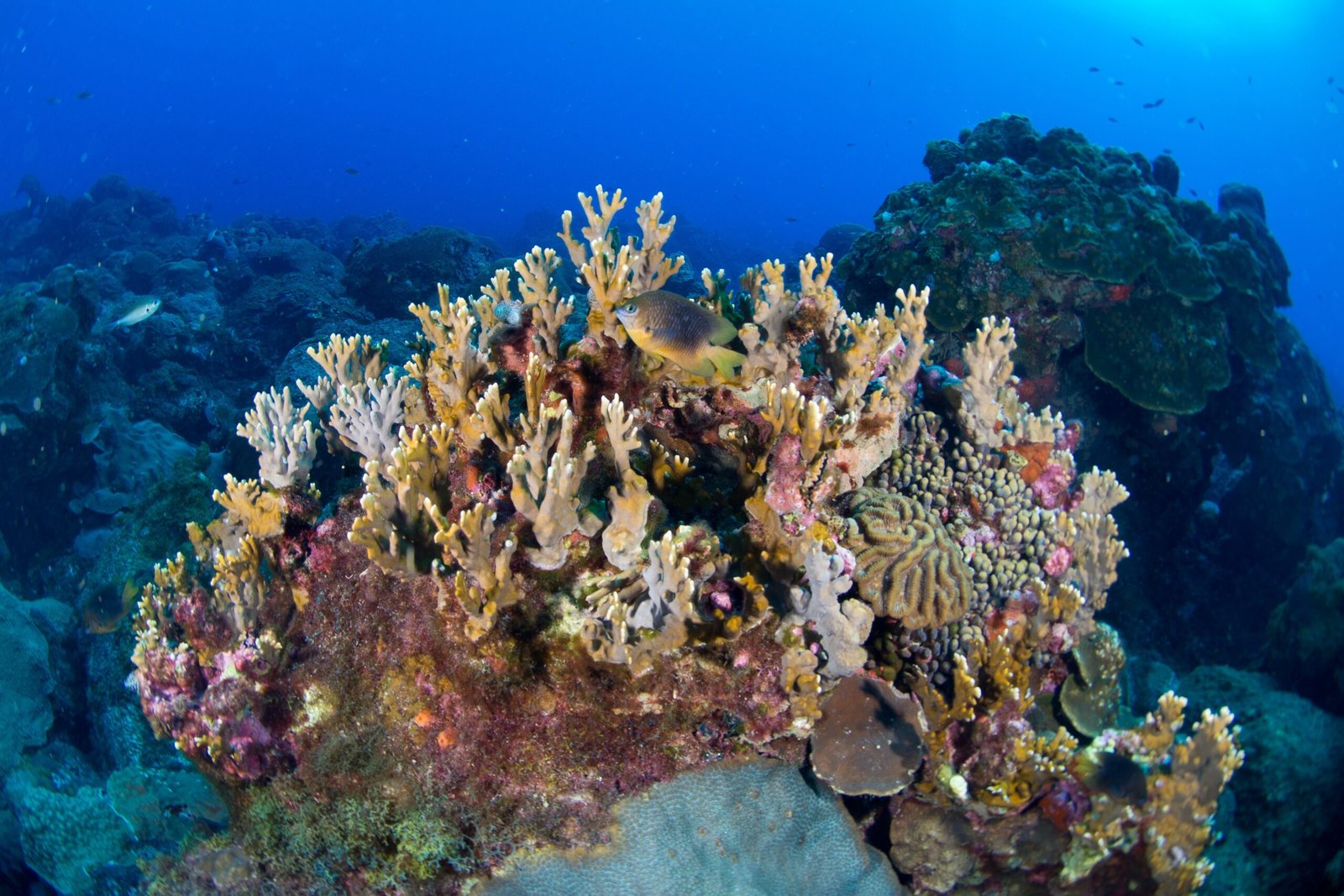
Despite all these threats, some reefs show remarkable resilience. Places like the Red Sea or certain Pacific islands have corals that withstand heat and bounce back from bleaching. Scientists call these “hope spots,” and they study them to unlock secrets of survival. These tough corals might hold the genetic keys to helping other reefs endure, offering a glimmer of hope in an otherwise sobering story.
The Role of Marine Protected Areas
Creating marine protected areas is like giving reefs a safe haven—a place to recover and thrive without the constant pressure of fishing or pollution. In many cases, reefs inside protected zones show more vibrant colors, richer diversity, and greater resistance to stress. It’s a powerful reminder that, with the right care, nature can heal and shine again.
Restoration Efforts: Painting the Future
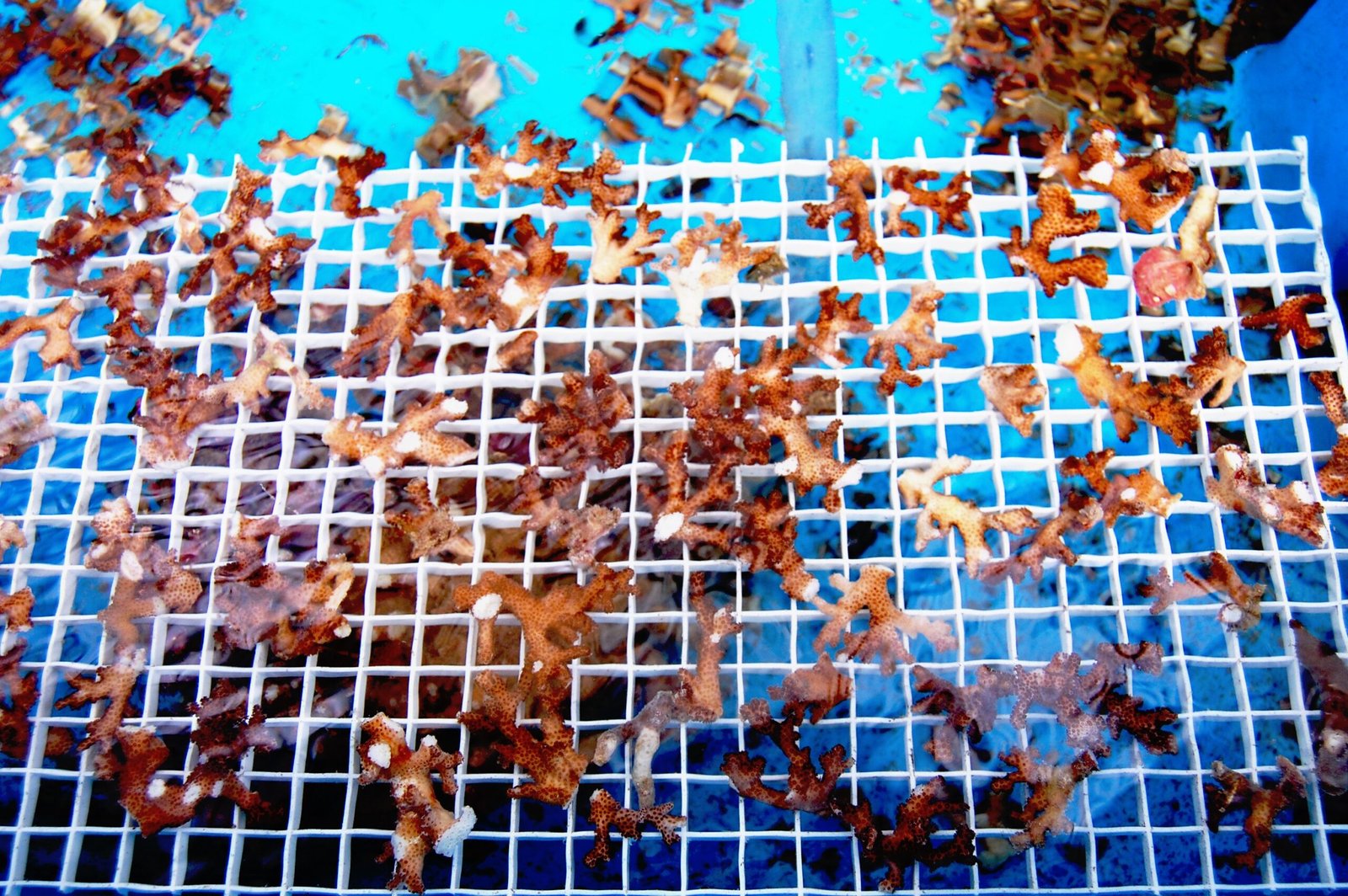
Scientists and volunteers around the world are racing to restore reefs. They grow corals in underwater nurseries, transplant healthy pieces onto damaged areas, and even experiment with “super corals” bred for resilience. These efforts are like dabbing fresh paint on a fading masterpiece, bringing color and life back to places that seemed lost. Successes are popping up in places like Florida, the Philippines, and Australia, inspiring hope and action.
The Ripple Effect: Why Reef Colors Matter to Us

Coral reefs aren’t just beautiful—they’re vital. They shelter a quarter of all marine species, protect coastlines from storms, and support millions of people through tourism and fishing. Their colors are a sign of health, a beacon that draws people from around the world. When reefs lose their colors, it’s a warning that something is deeply out of balance—not just in the sea, but in our own lives too.
What Can We Do to Protect the Colors?
It might feel overwhelming, but every action counts. Reducing carbon footprints, supporting reef-friendly products, pressuring leaders to act on climate, and volunteering for reef conservation can all make a difference. Even sharing stories and photos of reefs can inspire others to care. The future of these colors depends on a global effort—one that starts with small, everyday choices.
A Final Glimpse: Will We Keep the Rainbow Alive?
The fate of coral reefs hangs in the balance, their colors flickering like the last rays of sunset. Whether future generations will swim among vibrant rainbows or mourn their loss depends on choices we make now. Coral reefs remind us that beauty is fragile, but also resilient when given a chance. Will we act in time to keep the ocean’s masterpiece alive?




